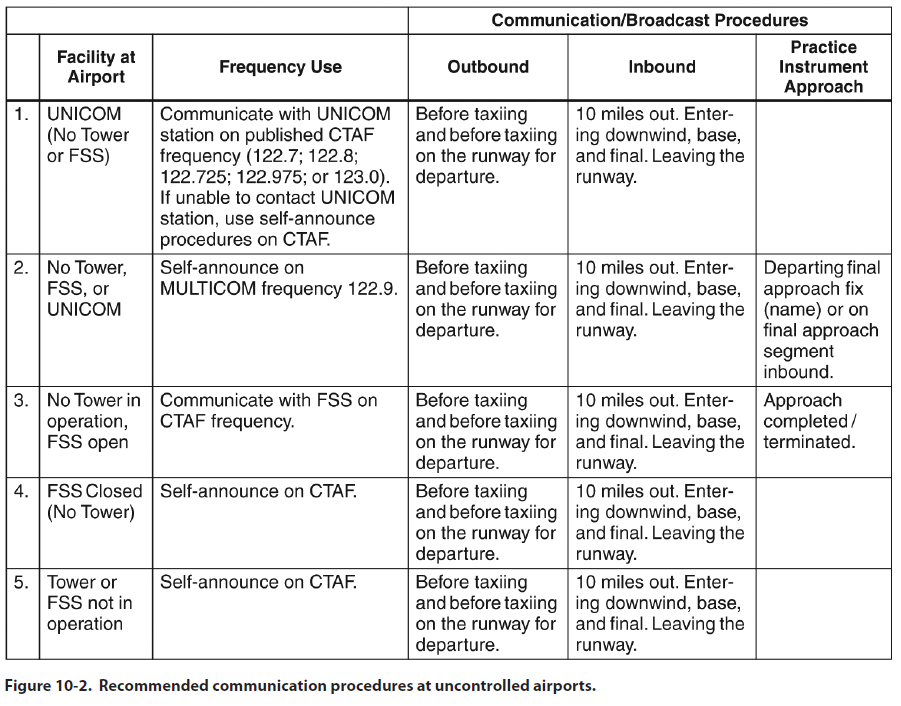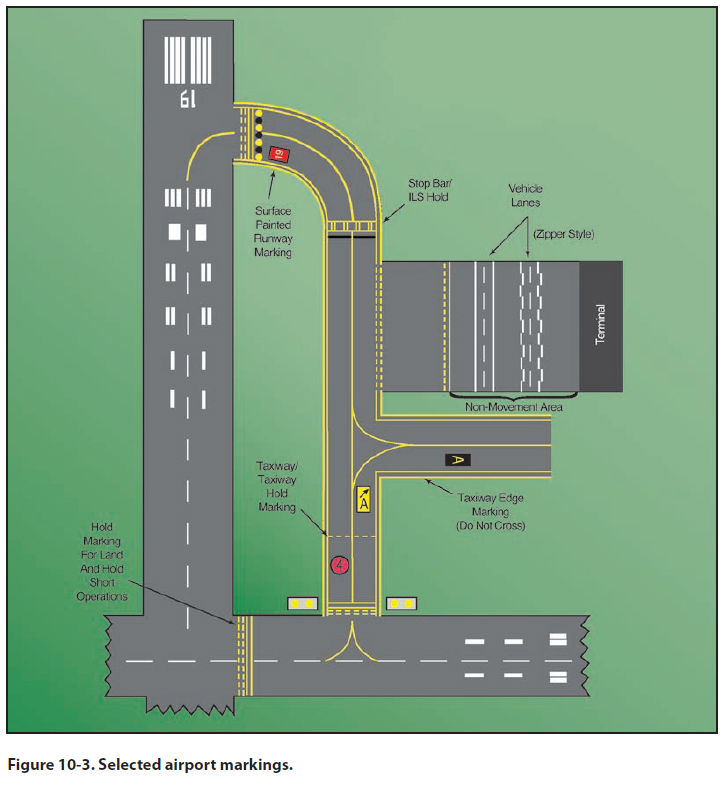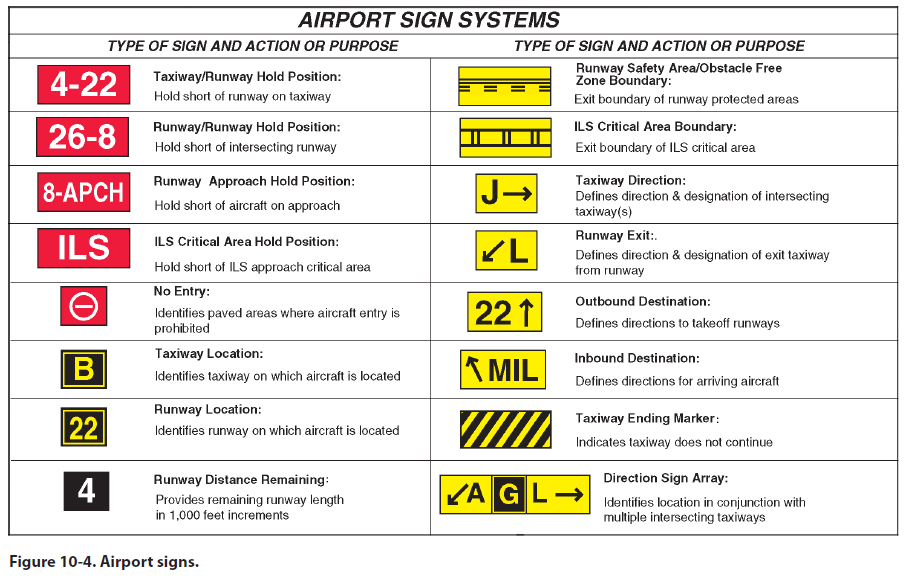
It is very important to note 14 CFR part 91 requires
powered parachutes to avoid the flow of fixed-wing
aircraft. Additional information on airport operations
can be found in the Aeronautical Information Manual
(AIM) and the Pilot’s Handbook of Aeronautical
Knowledge.
Airport Traffic Patterns and Operations
Every flight begins and ends at an airport; an airport,
as defined by the Federal Aviation Regulations, is an
area of land or water that is used or intended to be
used for the landing and takeoff of aircraft. For this
reason, it is essential you learn the traffic rules, procedures,
and patterns that may be in use at various
airports.
Most aviation accidents occur within a few miles of
the airport. This is where congestion is the heaviest
and the pilot is the busiest.
“See and avoid” is critical for safe operations. Advisories
on the common traffic advisory frequency
(CTAF) are essential at nontower-controlled airports
and flying fields to advise other aircraft of your position
and intentions.
To enhance safety around airports, specific traffic patterns
and traffic control procedures have been established
at airports. The traffic patterns provide specific
routes for takeoffs, departures, arrivals, and landings.
The exact nature of each airport traffic pattern is dependent
on the runway in use, wind conditions, obstructions,
and other factors.
Different traffic patterns at the same airport may be
established for heavy aircraft, general aviation aircraft,
gliders and light-sport aircraft (LSA) operations. The
largest factor in determining the proper traffic pattern
is airspeed. Slow aircraft do not mix well with fast aircraft.
The powered parachute is at the slow end of the
speed range of aircraft found around most airports.
Regardless of the traffic pattern flown, you must be aware of your position relative to other aircraft in the
traffic pattern and avoid the flow of fixed-wing aircraft.
Helicopters fall under this same rule. This rule
frequently affects the choice for a landing site. Refer
to Chapter 5 for more information on selecting a landing
site and airport operation information.
With that in mind, you must understand the standard
airport traffic pattern in use at the airport you are operating
at and the traffic pattern you are flying to maintain
separation from other aircraft traffic.
Powered parachutes operate best from a grass surface,
due to less wear and tear on the canopy. However,
off-runway operation may disrupt normal airport operations
and may not be safe for the PPC due to poor
surface conditions. If an off-runway area is used for
PPC operations, examine the area for surface condition,
holes, standing water, rocks, vegetation height,
moguls, fences, wires and other hazards.
A traffic pattern may be established for an off-runway
operating area. The traffic pattern may not, and probably
will not, conform to the airplane traffic pattern. It
is still your responsibility to avoid the flow of airplane
traffic.
If you elect to use the airport runway, take into consideration
any crosswind that may be present. The airport
runway may not be aligned close enough into the
wind for your flying skills or may exceed the canopy
limitations.
The established powered parachute traffic pattern for
an airport might be similar to the standard traffic pattern
or it might use turns in the opposite direction.
[Figure 10-1] In both cases, use a standard rectangular
pattern with a pattern altitude one-half the airplane
traffic pattern altitude or as published (if published).
An airport may also use a smaller pattern, referred to
as a “tight pattern” or “inside pattern,” and it might be
in the same direction as the other traffic or opposite.
This smaller pattern combined with a pattern altitude
of one-half the airport traffic pattern helps ensure separation from aircraft flying much faster. It is important
to review the Airport/Facilities Directory (A/FD) and
understand the procedures used at each airport you
will be operating at.
Airports vary in complexity from small, private grass
or sod strips to public major terminals having many
paved runways and taxiways. Regardless of the type
of airport or field, you must know and abide by the
rules and general operating procedures applicable to
the airport being used. These rules and procedures are
based not only on logic or common sense, but also on
courtesy. The objective is to keep air traffic moving
with maximum safety and efficiency. The use of any
traffic pattern, service, or procedure does not alter the
responsibility for you to see and avoid other aircraft.
Control towers and radar facilities provide a means
of adjusting the flow of arriving and departing aircraft,
and render assistance to pilots in busy terminal
areas. You must be familiar with the communication
requirements for operating at airports where you operate
or indend to operate. [Figure 10-2]

Airport lighting, markings, and signs are used frequently
to alert pilots to abnormal conditions and hazards, provide directions, and assist pilots in airport
operations. It is essential you understand and adhere
to the information provided by these indicators.
[Figures 10-3 and 10-4]


|

